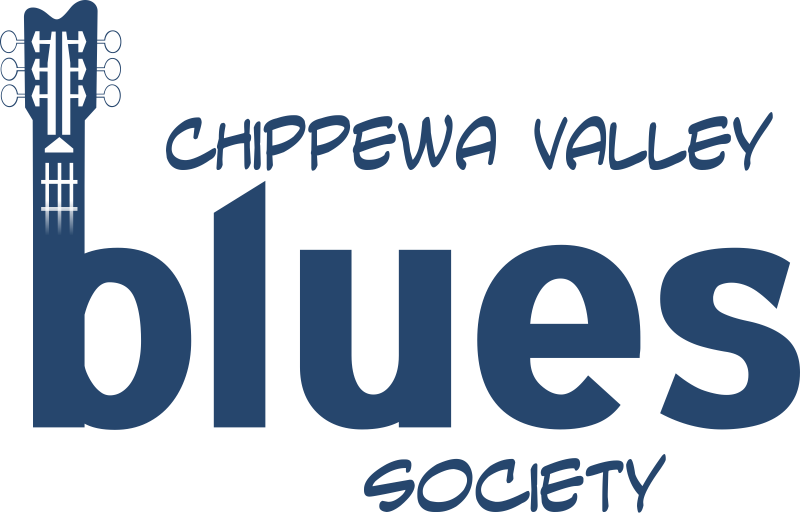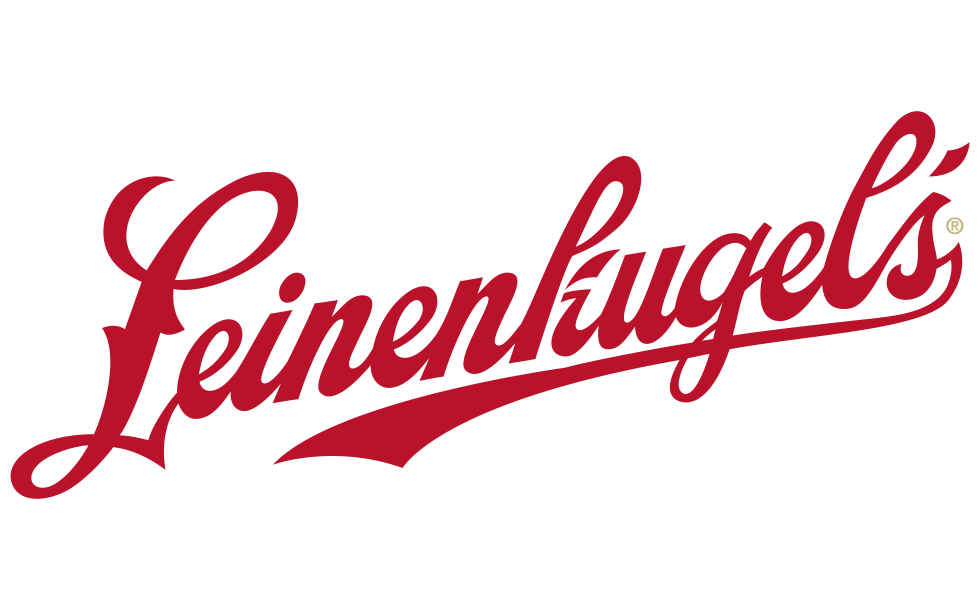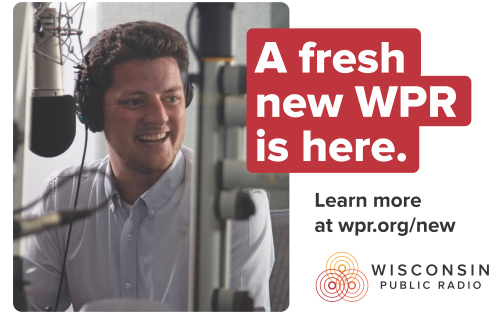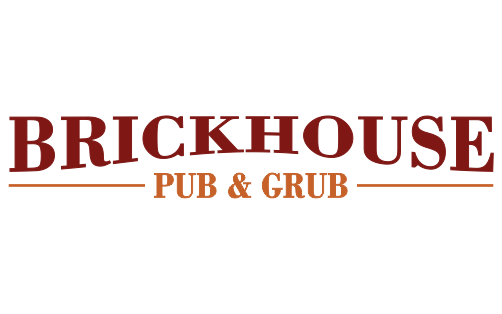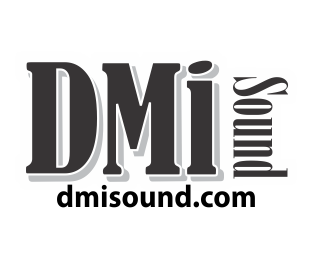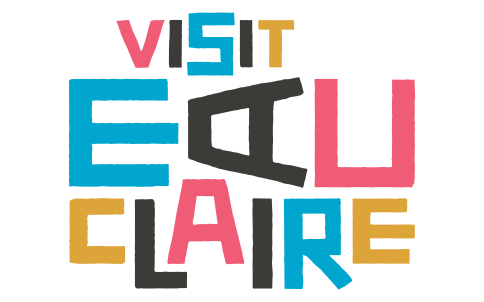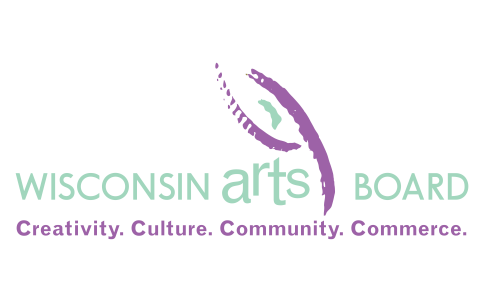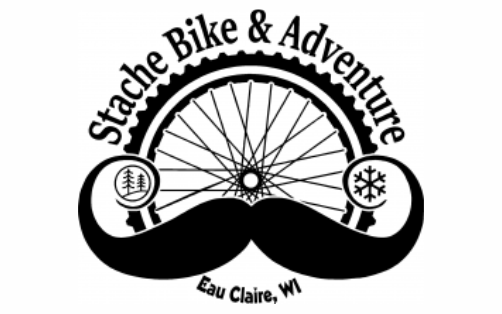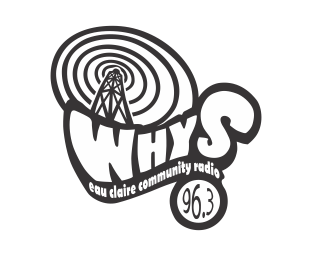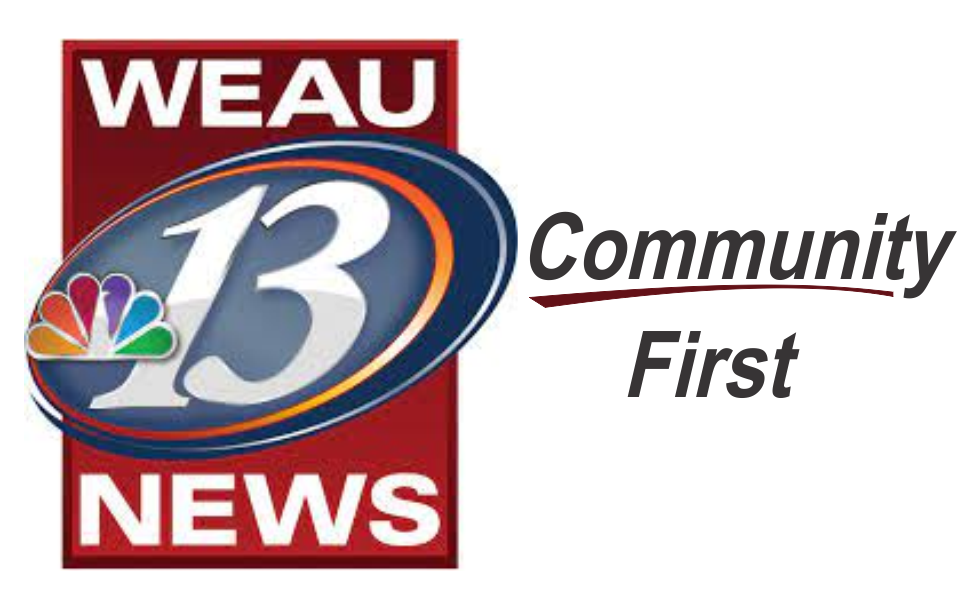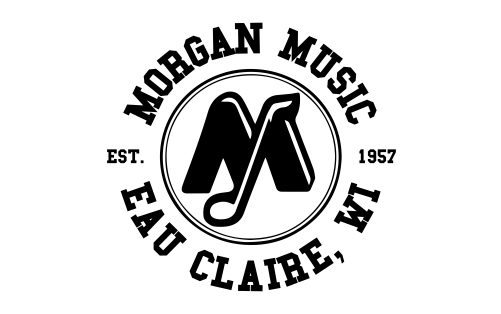November 2010
/It’s getting close to the season of the witches, warlocks and other creatures haunting the night with Halloween on the near horizon. Soon it will be Holy Season with the annual tradition of the slaying of the deer and Thanks giving. As I promised last month, I am going to give you some Blues history and in this case some definition of what “The Blues” is. Rather than reinventing the wheel, let’s hear what the Reverend Keith A. Gordon has published at About.com.
Piedmont Blues
The Piedmont blues style originated in the region on the eastern coast of the United States, ranging from the state of Virginia south to the northern tip of Florida (including the Carolinas) and west to Georgia and eastern Tennessee. Portions of northeastern Alabama and even southern Maryland are often considered to be part of the Piedmont plateau where the style was performed.
Characterized by a finger-picked style of playing an acoustic guitar, Piedmont blues features a syncopated rhythm played by the thumb on the bass strings of the instrument while the fingers pick out a melody on the treble strings. Heavily influenced by ragtime music, Piedmont style blues are generally up-tempo in sound and were extremely popular as dance music with African-American audiences during the 1930s and '40s. Considered a form of "country blues," Piedmont blues were influential with late-1950s/early-60s folk singers and with some rockabilly musicians.
Piedmont blues were dominated by guitarists, including several very talented blind bluesmen that helped expand the vocabulary of the music. Blind Willie McTell, Blind Blake, Blind Boy Fuller, Rev. Gary Davis, and Barbecue Bob are among the most influential of the Piedmont style bluesmen. Perhaps the best-known of the Piedmont blues artists was the duo of Sonny Terry and Brownie McGhee whom, both together and individually, enjoyed careers that stretched from the 1930s into the '90s.
Recommended Albums: Blind Boy Fuller's Trucking My Blues Away features the guitarist's distinctive sound and incredible playing style.
Country Blues
Country blues, which is also known as "folk blues," is a primarily an acoustic guitar-oriented type of blues from which many other styles are derived. It often incorporated elements of gospel, ragtime, hillbilly, and Dixieland jazz. The popularity and hit records of original country blues artists like Mississippi's Charley Patton, or Blind Lemon Jefferson from Texas would subsequently influence scores of musicians across the Southern United States.
Each regional derivative of country blues has placed its own distinct imprint on the unique acoustic blues sound. In the Carolinas and Georgia, artists like Blind Boy Fuller and Brownie McGhee added a fingerpicking guitar technique to create the Piedmont blues style. The Memphis acoustic blues sound developed out of the city's jugband and vaudeville traditions, and was defined by artists like Furry Lewis and Will Shade.
Chicago was originally a hotbed of country blues, as first generation artists like Tampa Red, Big Bill Broonzy, and Memphis Minnie brought their acoustic style to the big city before the popularity of amplified instrumentation transformed the sound of the city into what today we consider the "classic" Chicago blues sound. Chicago's country blues relied heavily on what is called the "hokum" style, a lighthearted sound that often included double-entendre lyrics. Ragtime and Dixieland jazz also influenced the early Chicago blues sound.
In Texas during the 1920s and '30s, acoustic bluesmen were developing a style that offered rich, more complex guitar parts, the beginnings of a blues trend towards separating lead guitar from rhythm playing. Texas acoustic blues relied more on the use of slide, and artists like Lightnin' Hopkins and Blind Willie Johnson are considered masters of slide guitar. Other local and regional blues scenes - from New Orleans to Atlanta, from St. Louis to Detroit - also left their mark on the acoustic blues sound.
When African-American musical tastes began to change in the early-1960s, moving towards soul and rhythm & blues music, country blues found renewed popularity as the "folk blues" and was sold to a primarily white, college-age audience. Traditional artists like Big Bill Broonzy and Sonny Boy Williamson reinvented themselves as folk blues artists, while Piedmont bluesmen like Sonny Terry and Brownie McGhee found great success on the folk festival circuit. The influence of original acoustic country blues can be heard today in the work of contemporary blues artists like Taj Mahal, Cephas & Wiggins, Keb' Mo', and Alvin Youngblood Hart.
Recommended Albums: Blind Lemon Jefferson's The Best Of provides an in-depth look at the artist's talents, while Blind Boy Fuller's Truckin' My Blues Away includes fourteen of the singer/guitarist's best songs and performances and is a great example of the Piedmont blues style. ( From About.com )
In future Blues Notes, I will bring you some histories and more info about performers, concerts in the region and other blues news from around the country.
Thanks for lending me an ear! See ya around!
